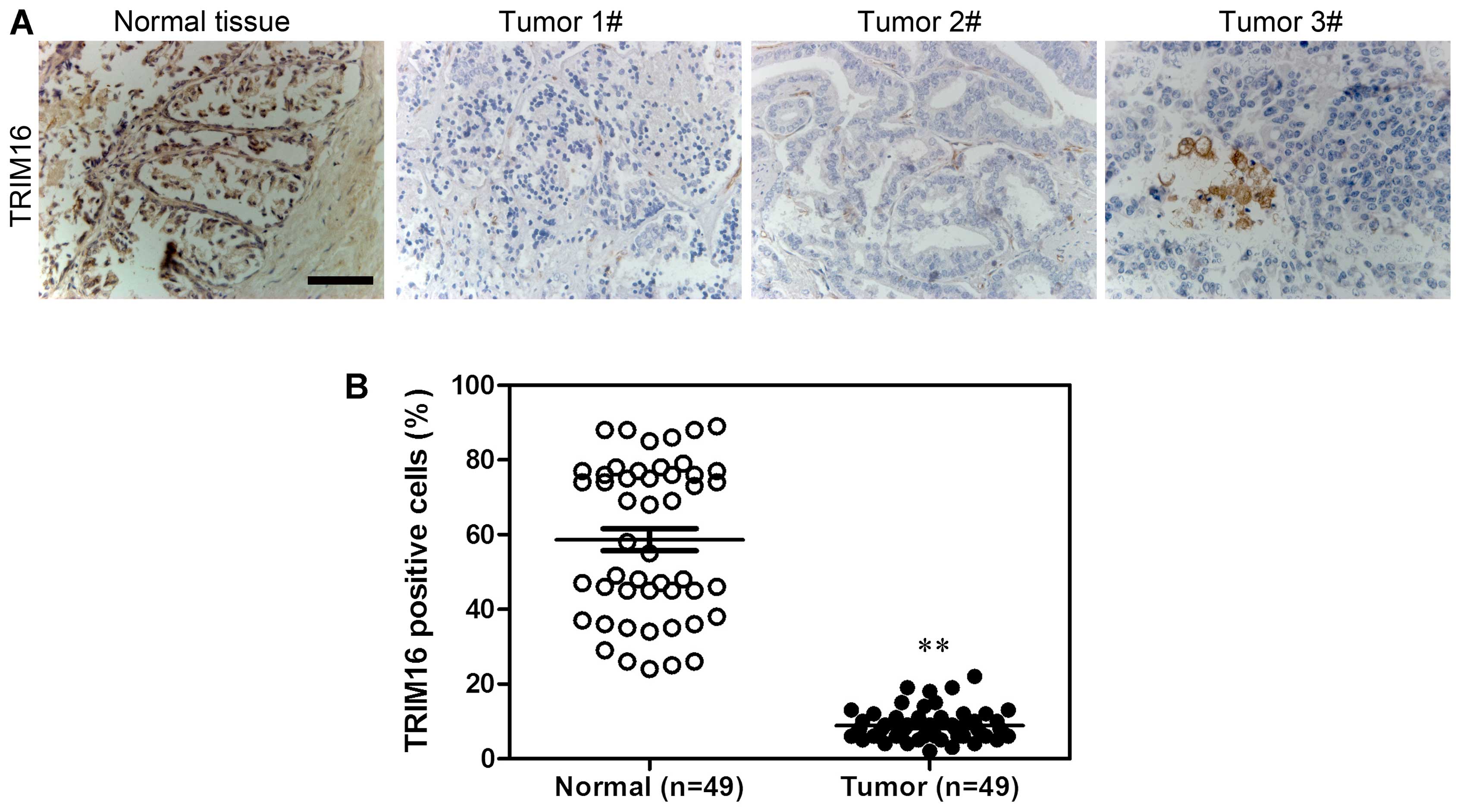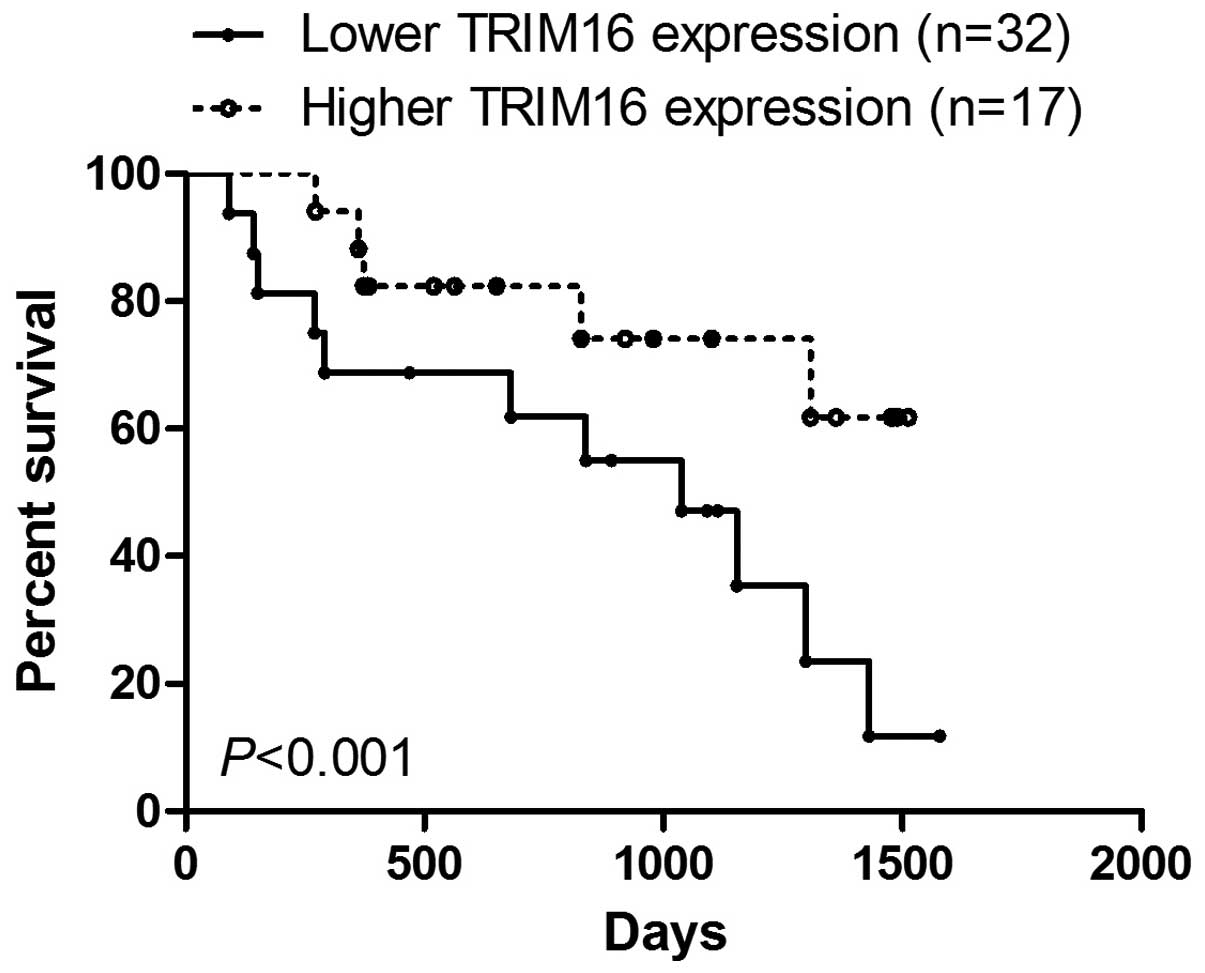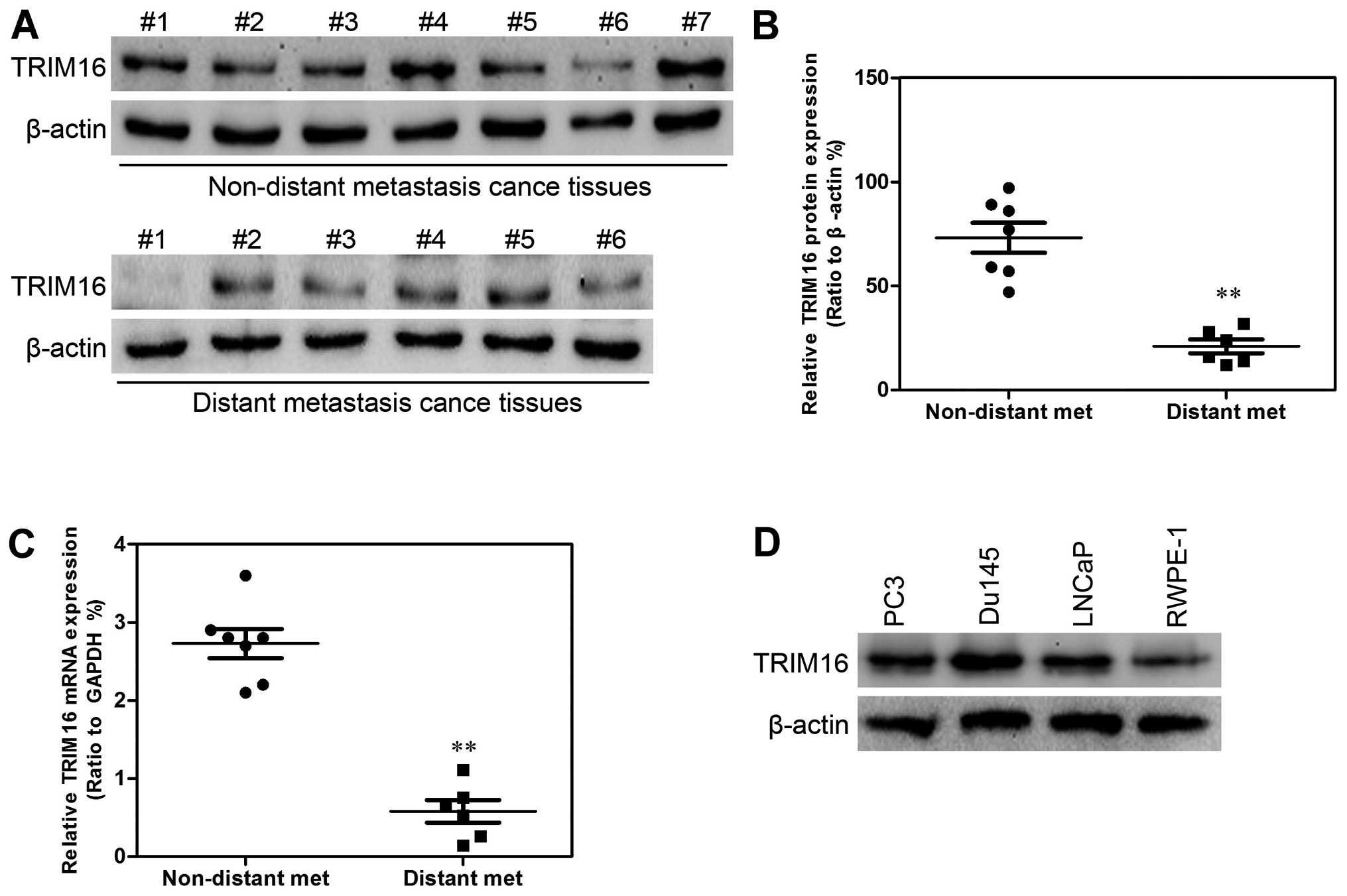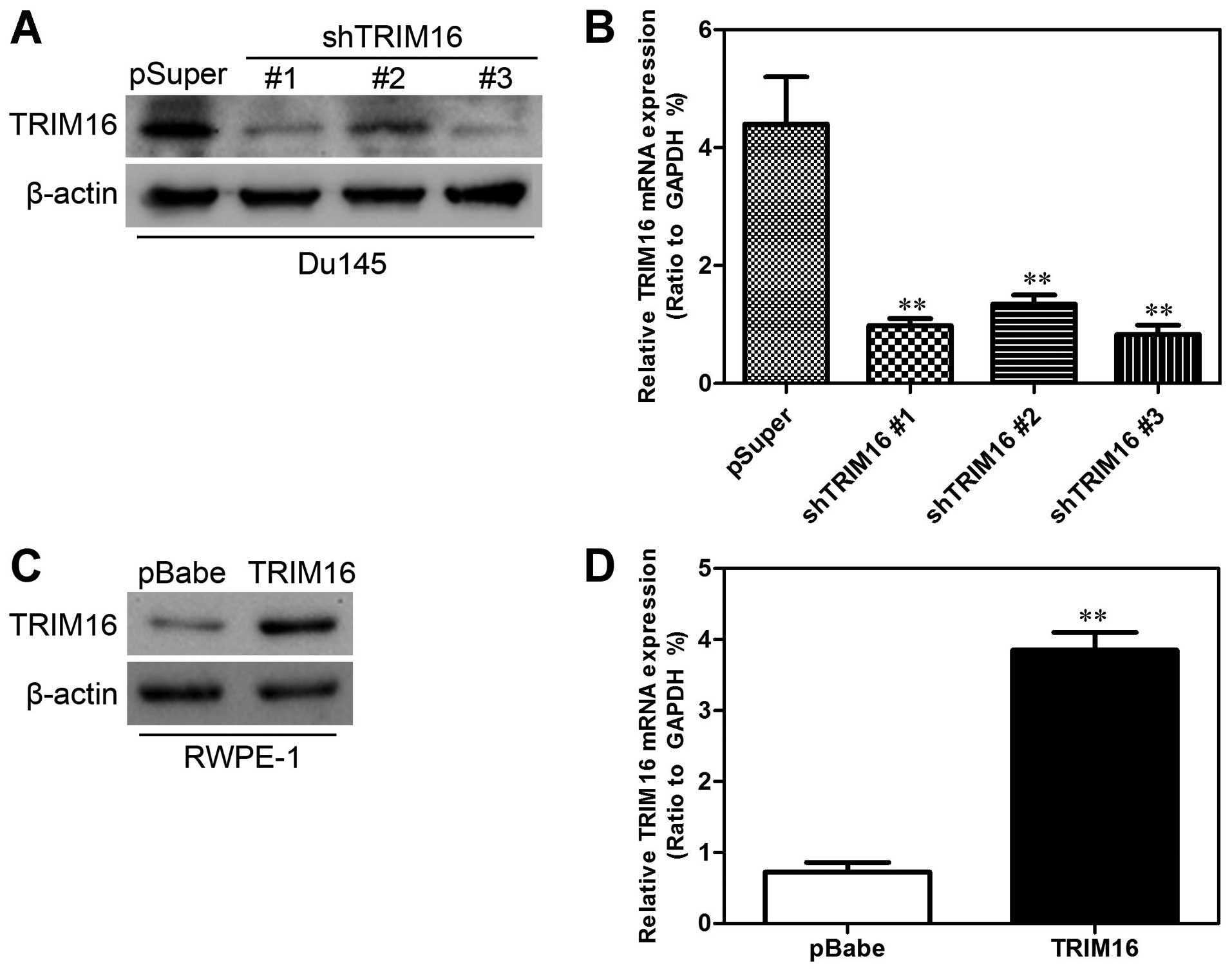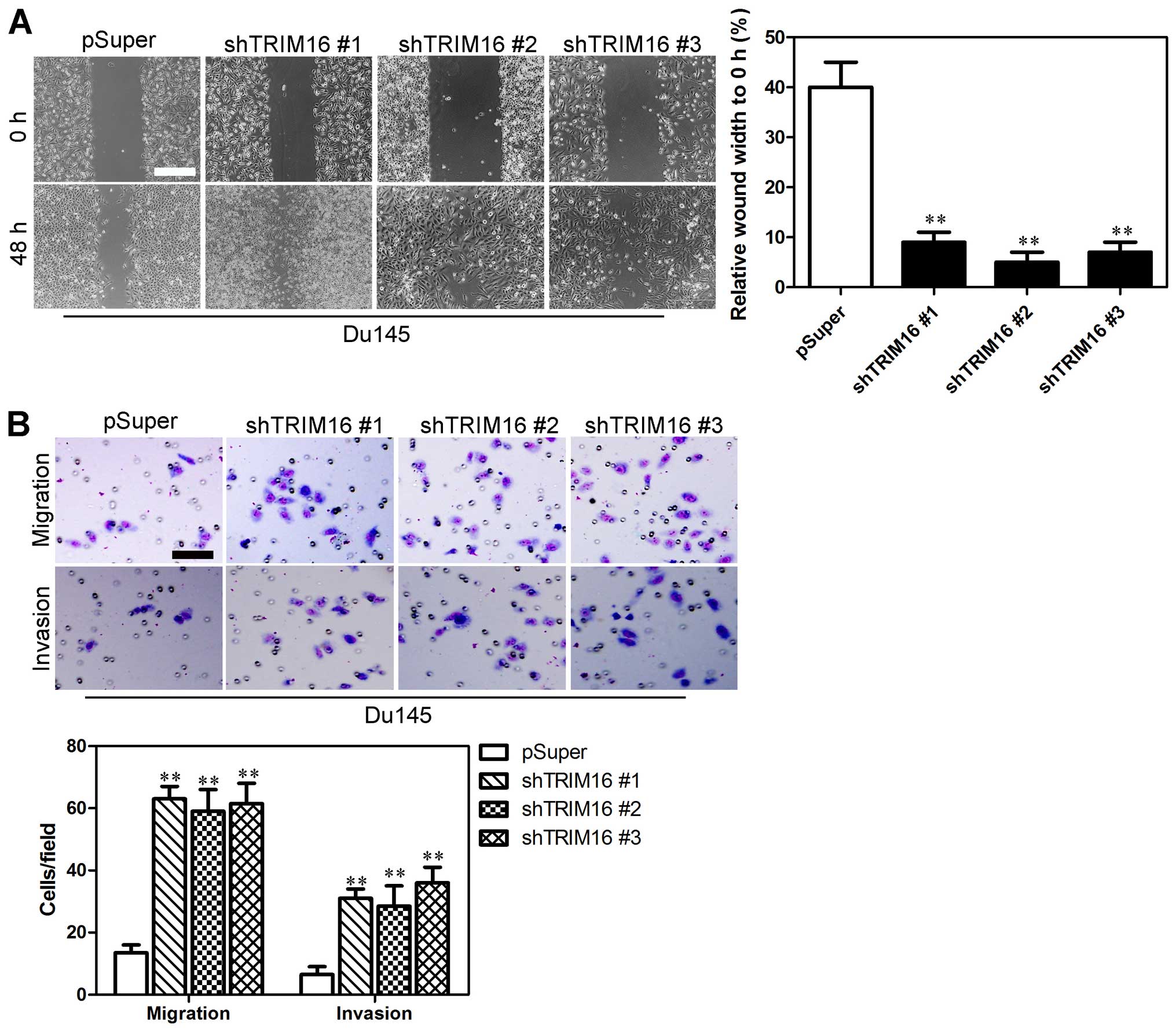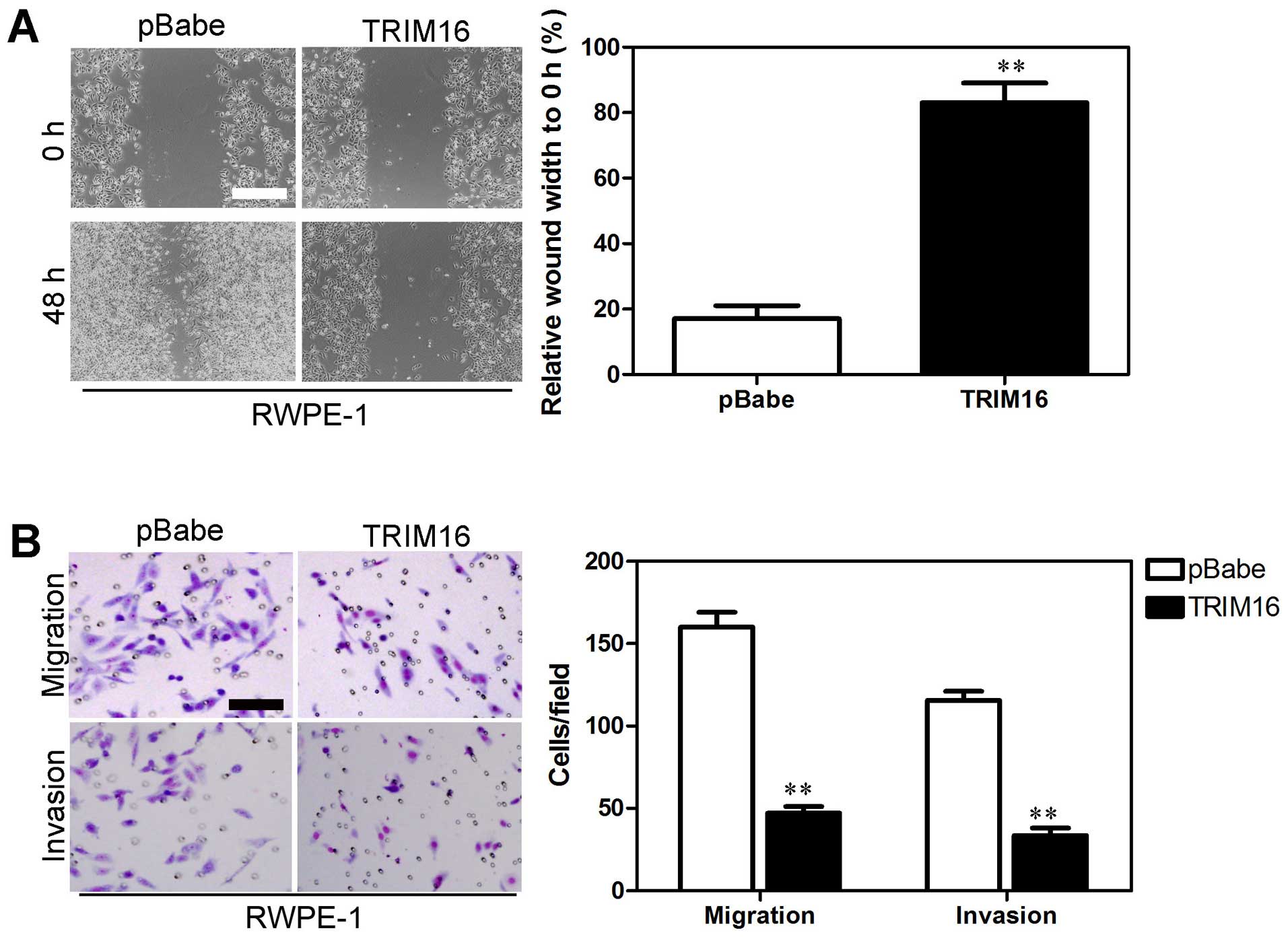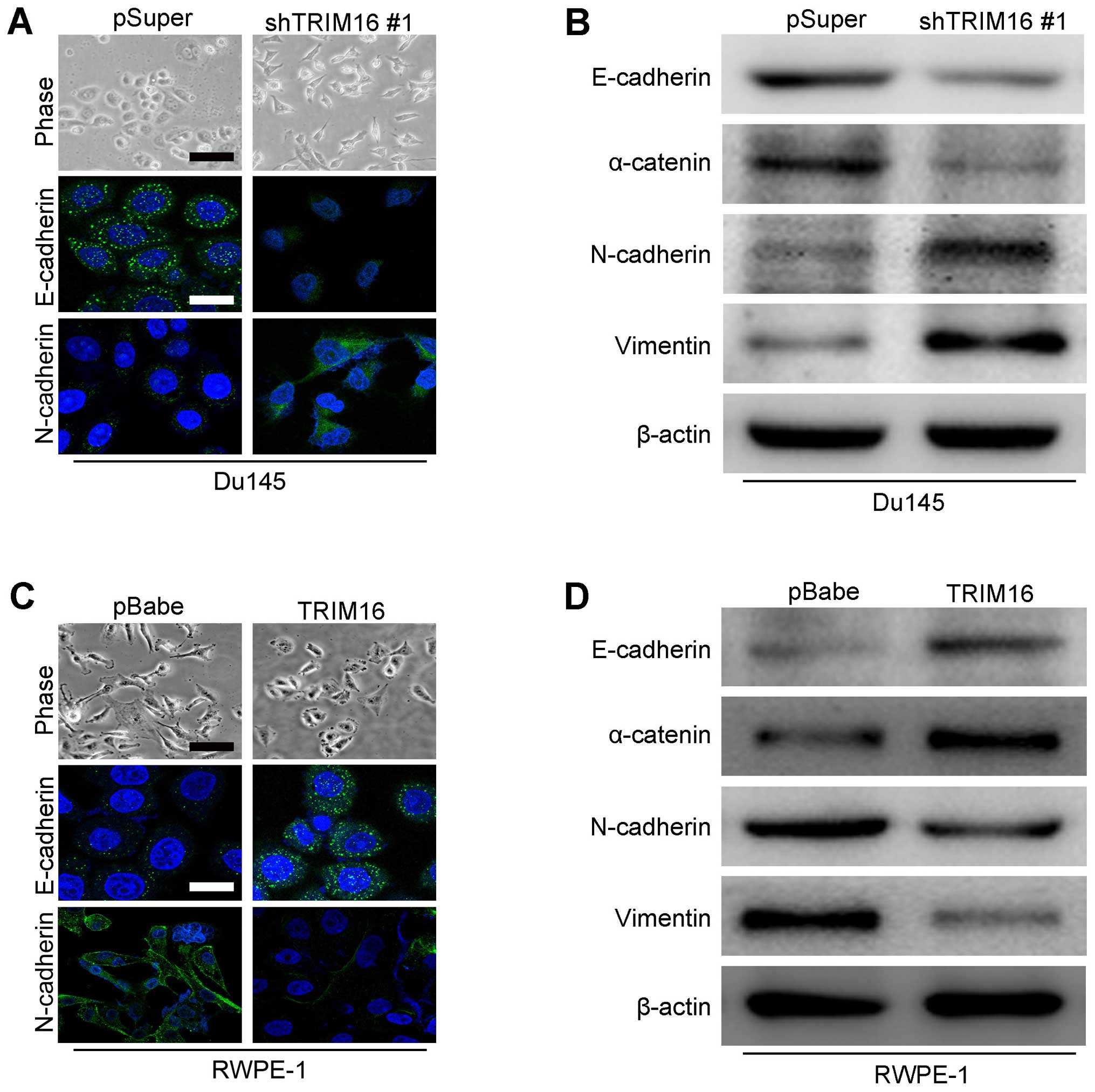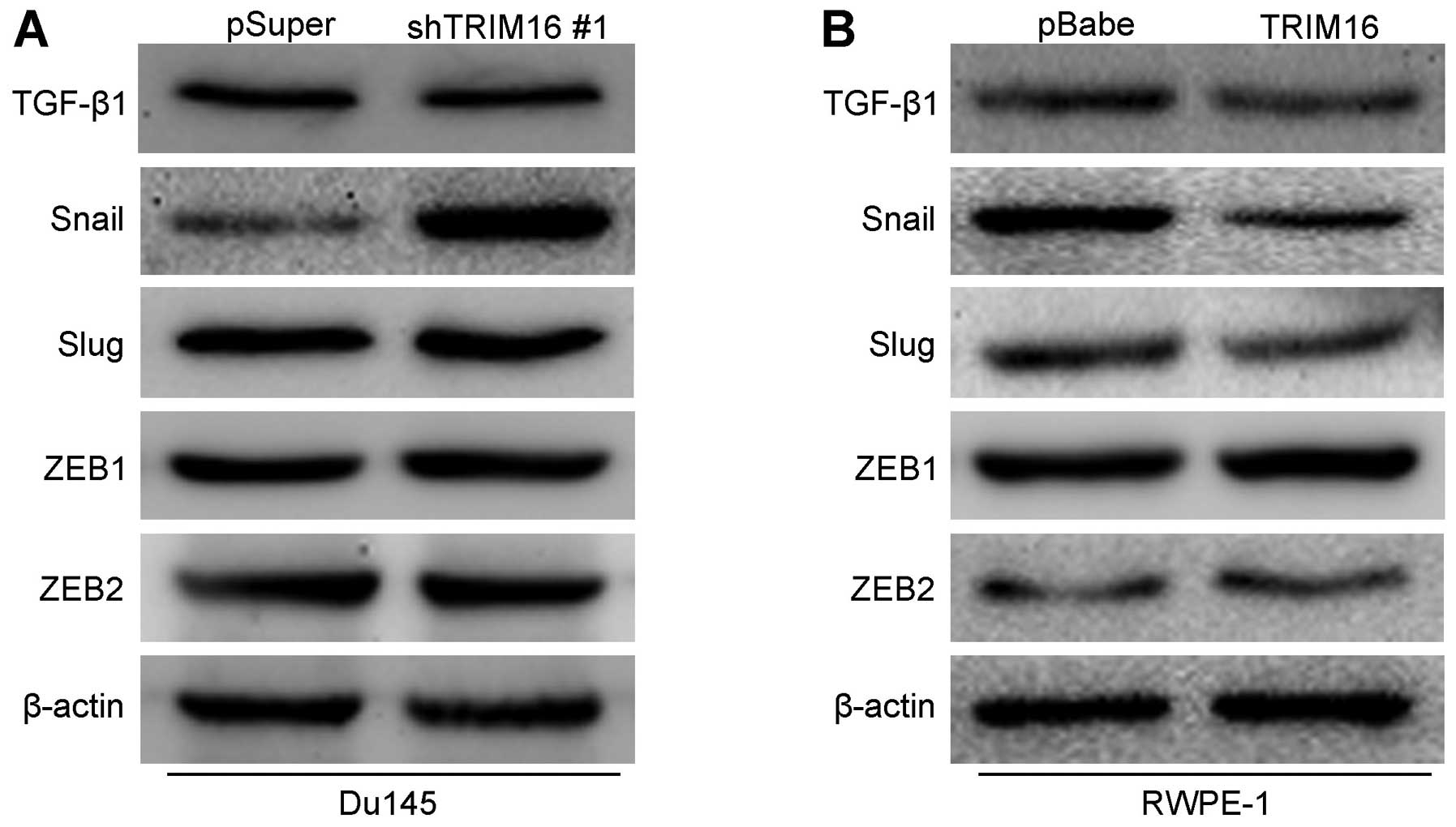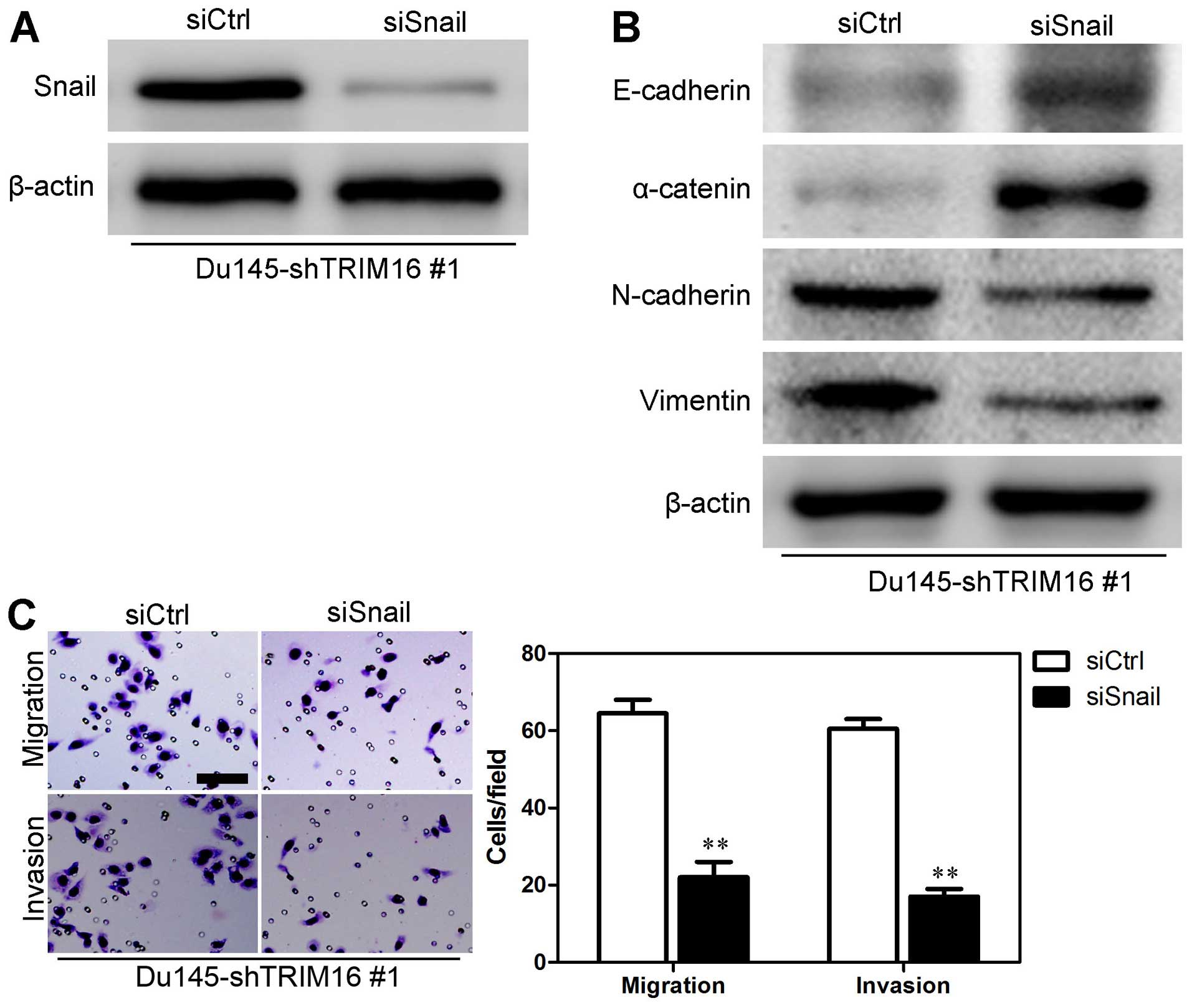|
1
|
Siegel R, Naishadham D and Jemal A: Cancer
statistics, 2013. CA Cancer J Clin. 63:11–30. 2013. View Article : Google Scholar : PubMed/NCBI
|
|
2
|
Martin SK, Pu H, Penticuff JC, Cao Z,
Horbinski C and Kyprianou N: Multinucleation and
Mesenchymal-to-Epithelial Transition Alleviate Resistance to
Combined Cabazitaxel and Antiandrogen Therapy in Advanced Prostate
Cancer. Cancer Res. 76:912–926. 2016. View Article : Google Scholar
|
|
3
|
Muralidhar V and Nguyen PL: Maximizing
resources in the local treatment of prostate cancer: a summary of
cost-effectiveness studies. Urol Oncol. July 26–2016.Epub ahead of
print. View Article : Google Scholar : PubMed/NCBI
|
|
4
|
Valerio M, Ahmed HU, Emberton M,
Lawrentschuk N, Lazzeri M, Montironi R, Nguyen PL, Trachtenberg J
and Polascik TJ: The role of focal therapy in the management of
localised prostate cancer: a systematic review. Eur Urol.
66:732–751. 2014. View Article : Google Scholar :
|
|
5
|
Walsh PC: Re: Dutasteride in localised
prostate cancer management: the REDEEM randomised, double-blind,
placebo-controlled trial. J Urol. 188:110–111. 2012. View Article : Google Scholar : PubMed/NCBI
|
|
6
|
Anderson J, Burney S, Brooker JE,
Ricciardelli LA, Fletcher JM, Satasivam P and Frydenberg M: Anxiety
in the management of localised prostate cancer by active
surveillance. BJU Int. 114(Suppl 1): 55–61. 2014. View Article : Google Scholar : PubMed/NCBI
|
|
7
|
Si Z, Vandegraaff N, O'huigin C, Song B,
Yuan W, Xu C, Perron M, Li X, Marasco WA, Engelman A, et al:
Evolution of a cytoplasmic tripartite motif (TRIM) protein in cows
that restricts retroviral infection. Proc Natl Acad Sci USA.
103:7454–7459. 2006. View Article : Google Scholar : PubMed/NCBI
|
|
8
|
Etkin LD, el-Hodiri HM, Nakamura H, Wu CF,
Shou W and Gong SG: Characterization and function of Xnf7 during
early development of Xenopus. J Cell Physiol. 173:144–146. 1997.
View Article : Google Scholar : PubMed/NCBI
|
|
9
|
Kimura T, Mandell M and Deretic V:
Precision autophagy directed by receptor regulators - emerging
examples within the TRIM family. J Cell Sci. 129:881–891. 2016.
View Article : Google Scholar : PubMed/NCBI
|
|
10
|
James LC, Keeble AH, Khan Z, Rhodes DA and
Trowsdale J: Structural basis for PRYSPRY-mediated tripartite motif
(TRIM) protein function. Proc Natl Acad Sci USA. 104:6200–6205.
2007. View Article : Google Scholar : PubMed/NCBI
|
|
11
|
Hatakeyama S: TRIM proteins and cancer.
Nat Rev Cancer. 11:792–804. 2011. View
Article : Google Scholar : PubMed/NCBI
|
|
12
|
Kim PY, Rahmanto AS, Tan O, Norris MD,
Haber M, Marshall GM and Cheung BB: TRIM16 overexpression induces
apoptosis through activation of caspase-2 in cancer cells.
Apoptosis. 18:639–651. 2013. View Article : Google Scholar : PubMed/NCBI
|
|
13
|
Marshall GM, Bell JL, Koach J, Tan O, Kim
P, Malyukova A, Thomas W, Sekyere EO, Liu T, Cunningham AM, et al:
TRIM16 acts as a tumour suppressor by inhibitory effects on
cytoplasmic vimentin and nuclear E2F1 in neuroblastoma cells.
Oncogene. 29:6172–6183. 2010. View Article : Google Scholar : PubMed/NCBI
|
|
14
|
Stefanov AN, Fox J, Depault F and Haston
CK: Positional cloning reveals strain-dependent expression of
Trim16 to alter susceptibility to bleomycin-induced pulmonary
fibrosis in mice. PLoS Genet. 9:e10032032013. View Article : Google Scholar : PubMed/NCBI
|
|
15
|
Kim PY, Tan O, Liu B, Trahair T, Liu T,
Haber M, Norris MD, Marshall GM and Cheung BB: High TDP43
expression is required for TRIM16-induced inhibition of cancer cell
growth and correlated with good prognosis of neuroblastoma and
breast cancer patients. Cancer Lett. 374:315–323. 2016. View Article : Google Scholar : PubMed/NCBI
|
|
16
|
Huo X, Li S, Shi T, Suo A, Ruan Z and Yao
Y: Tripartite motif 16 inhibits epithelial-mesenchymal transition
and metastasis by down-regulating sonic hedgehog pathway in
non-small cell lung cancer cells. Biochem Biophys Res Commun.
460:1021–1028. 2015. View Article : Google Scholar : PubMed/NCBI
|
|
17
|
Wang Y, Wen M, Kwon Y, Xu Y, Liu Y, Zhang
P, He X, Wang Q, Huang Y, Jen KY, et al: CUL4A induces
epithelial-mesenchymal transition and promotes cancer metastasis by
regulating ZEB1 expression. Cancer Res. 74:520–531. 2014.
View Article : Google Scholar :
|
|
18
|
Wang Y, Ma G, Wang Q, Wen M, Xu Y, He X,
Zhang P, Wang Y, Yang T, Zhan P and Wei G: Involvement of CUL4A in
regulation of multidrug resistance to P-gp substrate drugs in
breast cancer cells. Molecules. 19:159–176. 2013. View Article : Google Scholar : PubMed/NCBI
|
|
19
|
Ni J, Cozzi P, Hao J, Duan W, Graham P,
Kearsley J and Li Y: Cancer stem cells in prostate cancer
chemoresistance. Curr Cancer Drug Targets. 14:225–240. 2014.
View Article : Google Scholar : PubMed/NCBI
|
|
20
|
Lang SH, Frame FM and Collins AT: Prostate
cancer stem cells. J Pathol. 217:299–306. 2009. View Article : Google Scholar :
|
|
21
|
Chen X, Rycaj K, Liu X and Tang DG: New
insights into prostate cancer stem cells. Cell Cycle. 12:579–586.
2013. View
Article : Google Scholar : PubMed/NCBI
|
|
22
|
Siegel RL, Miller KD and Jemal A: Cancer
statistics, 2015. CA Cancer J Clin. 65:5–29. 2015. View Article : Google Scholar : PubMed/NCBI
|
|
23
|
Sutton SK, Koach J, Tan O, Liu B, Carter
DR, Wilmott JS, Yosufi B, Haydu LE, Mann GJ, Thompson JF, et al:
TRIM16 inhibits proliferation and migration through regulation of
interferon beta 1 in melanoma cells. Oncotarget. 5:10127–10139.
2014. View Article : Google Scholar : PubMed/NCBI
|
|
24
|
Yan Y, Shen Z, Gao Z, Cao J, Yang Y, Wang
B, Shen C, Mao S, Jiang K, Ye Y and Wang S: Long noncoding
ribonucleic acid specific for distant metastasis of gastric cancer
is associated with TRIM16 expression and facilitates tumor cell
invasion in vitro. J Gastroenterol Hepatol. 30:1367–1375. 2015.
View Article : Google Scholar : PubMed/NCBI
|
|
25
|
Cheung BB, Koach J, Tan O, Kim P, Bell JL,
D'andreti C, Sutton S, Malyukova A, Sekyere E, Norris M, et al: The
retinoid signalling molecule, TRIM16, is repressed during squamous
cell carcinoma skin carcinogenesis in vivo and reduces skin cancer
cell migration in vitro. J Pathol. 226:451–462. 2012. View Article : Google Scholar :
|
|
26
|
Muqbil I, Wu J, Aboukameel A, Mohammad RM
and Azmi AS: Snail nuclear transport: the gateways regulating
epithelial-to-mesenchymal transition? Semin Cancer Biol. 27:39–45.
2014. View Article : Google Scholar : PubMed/NCBI
|















